Lecture 31
Crash course on machine learning
MCS 275 Spring 2022
Johnny Joyce
Lecture 31: Crash course on machine learning
Course bulletins:
- Watch video for lecture 30
- No in-person meeting on Friday - watch video for lecture 32 by end of Friday.
- Professor Dumas returns on Monday 4 April
Before I say anything...
What does the phrase "machine learning" make you think of?
Contents
- What is machine learning?
- What are some examples of machine learning?
- How can you get into machine learning?
What is machine learning?
"The study of computer algorithms that can improve automatically through experience and by the use of data." - Wikipedia
Motivation: Dog or cat?


How do we write a program to find out whether an image of is a dog or a cat?
Main types of machine learning:
- Supervised learning — Data is labeled.
- Unsupervised learning — Data is not labeled.
- Reinforcement learning — An agent can interact with its world and gets some reward for "good" behavior.
We'll focus on supervised and unsupervised learning.
Quick examples (unsupervised):
Recommendation systems (e.g. Google search, YouTube/TikTok suggestions, Amazon suggestions)
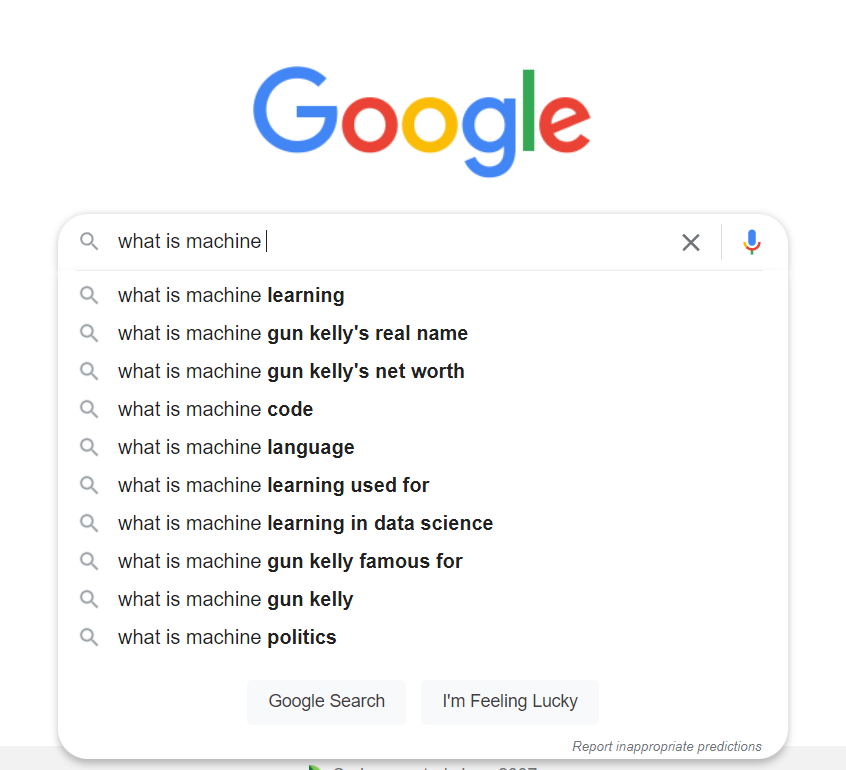
Quick examples (unsupervised):
Dimensionality reduction — Making data have fewer dimensions without losing its "meaning".
Quick examples (unsupervised):
Clustering — Finding suitable groups for unlabeled data.
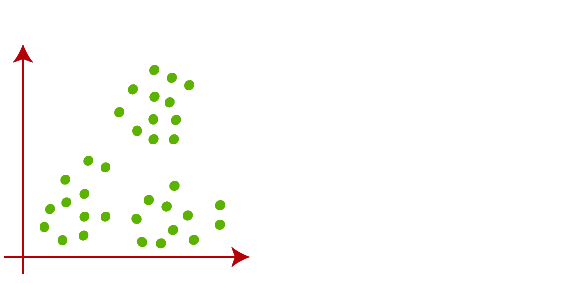
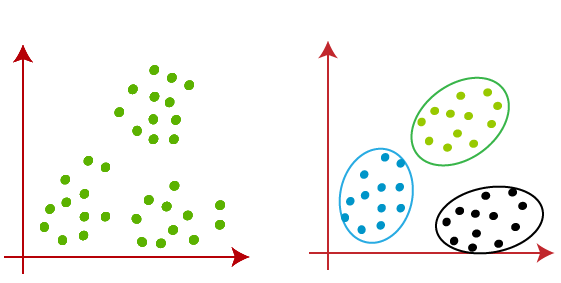
Quick examples (supervised):
Classification — Assigning labels to data with labeled categories. E.g. is an image a dog or a cat?
Regression — Assigning labels to data with continuous labels. If we know a student's midterm scores, can we predict their final scores?
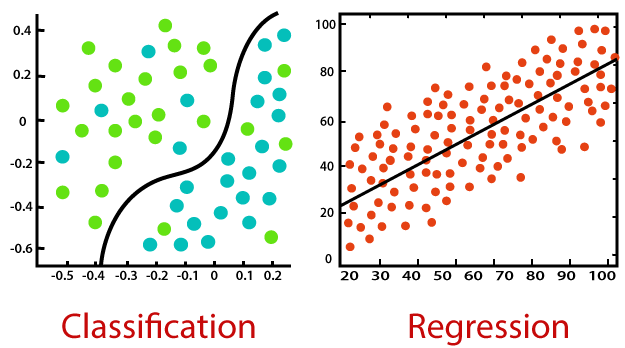
Let's define something called a "neuron":
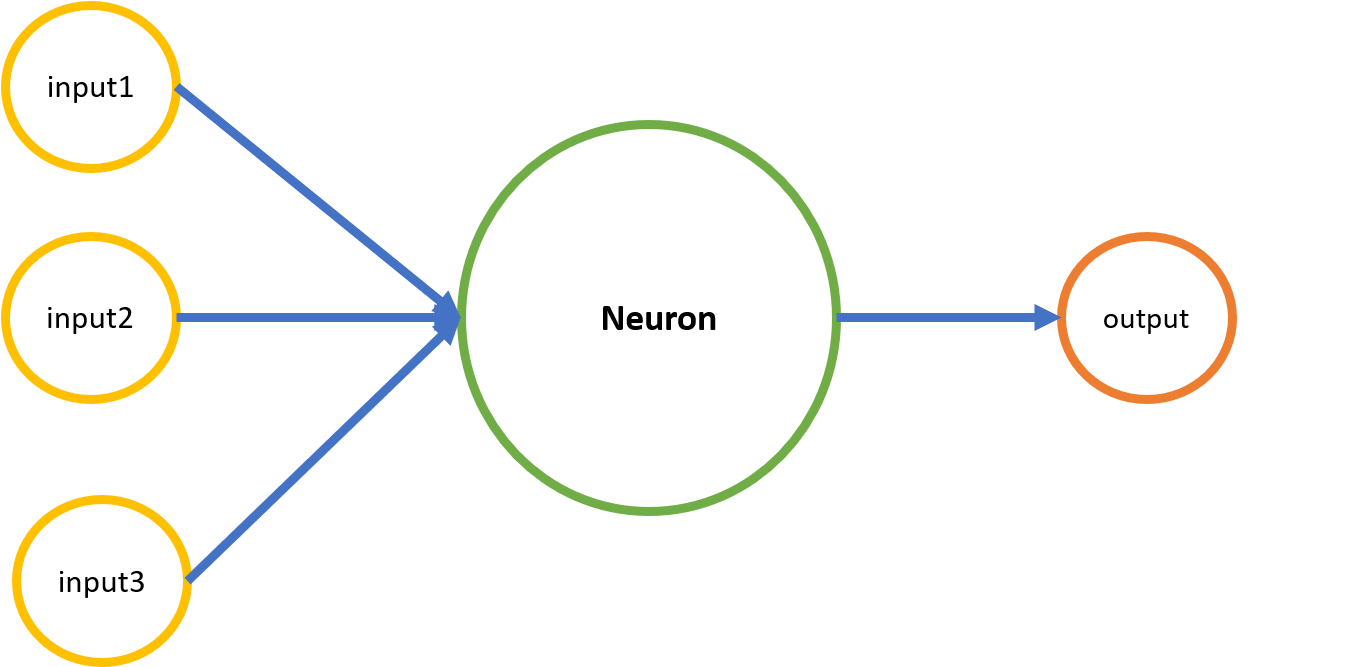
Neural networks
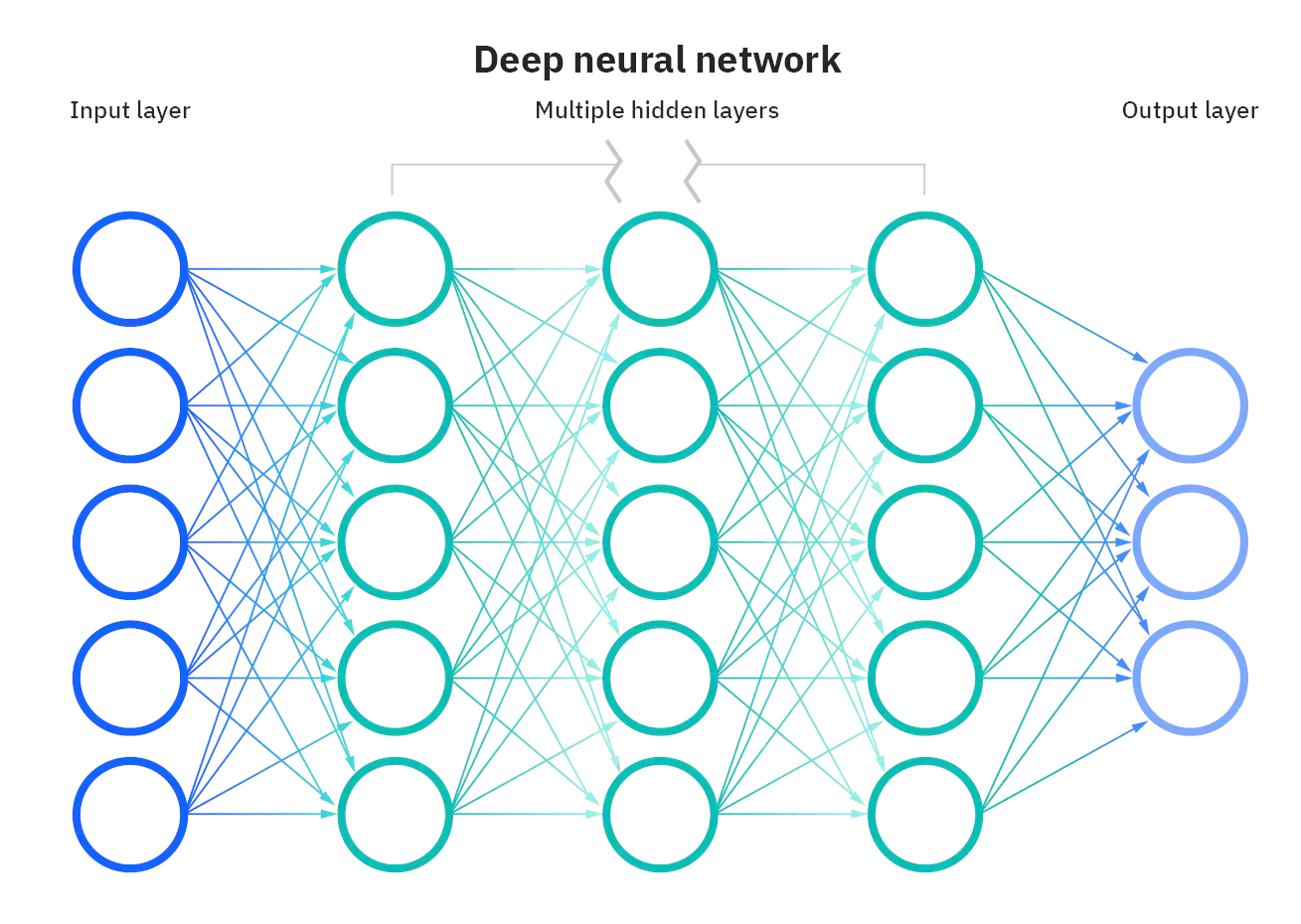
They are a huge collection of "neurons", inspired by the brain.
Loss function
We can have a function to characterize how "far" our model's prediction is from the true value.
Then we can use calculus to find the values of the weight that make this as small as possible.
Loss function — Characterizes how "far" our model's predictions are from the true answers
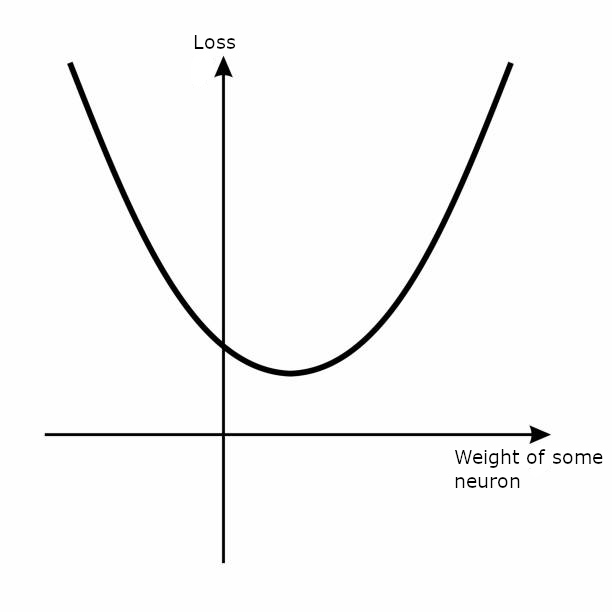
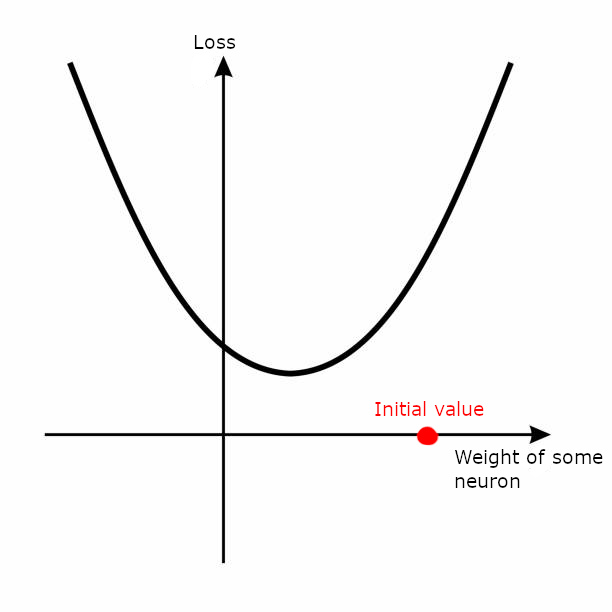
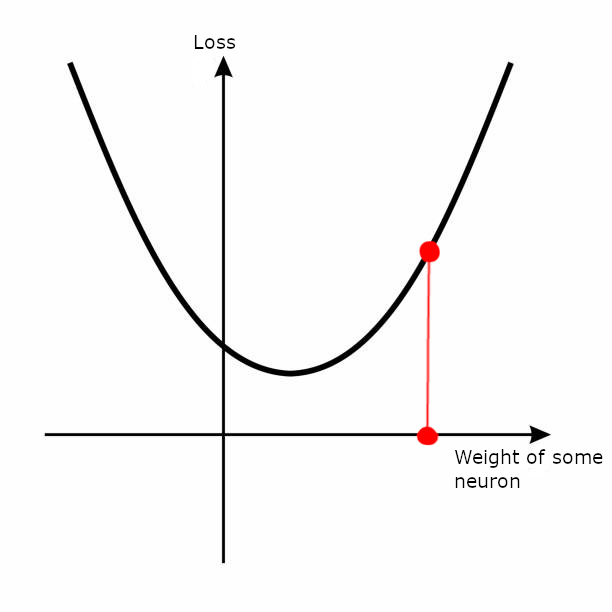
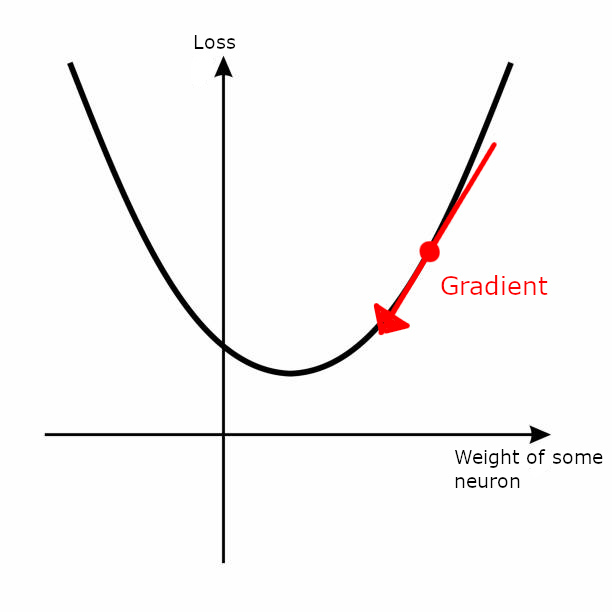
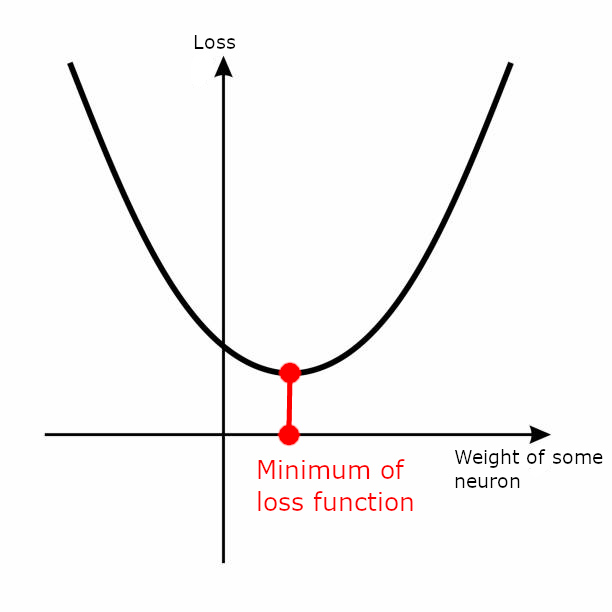
Let's try it
How can you do machine learning with Python?
- scikit-learn (simplest) — Good for general machine learning or quick implementations.
- PyTorch — Good for deep learning.
- TensorFlow — Good for deep learning.
What tools help with machine learning?
- Python programming
- Linear algebra
- Calculus
- Statistics
What tools help with machine learning?
- Python programming ✅
- Linear algebra
- Calculus
- Statistics
Classes at UIC relating to machine learning
- MCS 548 — Mathematical Theory of Artificial Intelligence,
- CS 411 — Artificial Intelligence I,
- CS 412 — Introduction to Machine Learning
Summary
- We saw the main types of machine learning (supervised, unsupervised, and reinforcement)
- We saw brief examples of supervised/unsupervised learning
- We saw neural networks and built one in scikit-learn
Interesting related links
- 3Blue1Brown on YouTube: video series on neural networks
- Towards Data Science: Types of machine learning
- Machine Learning Mastery: Your first machine learning project in Python step-by-step